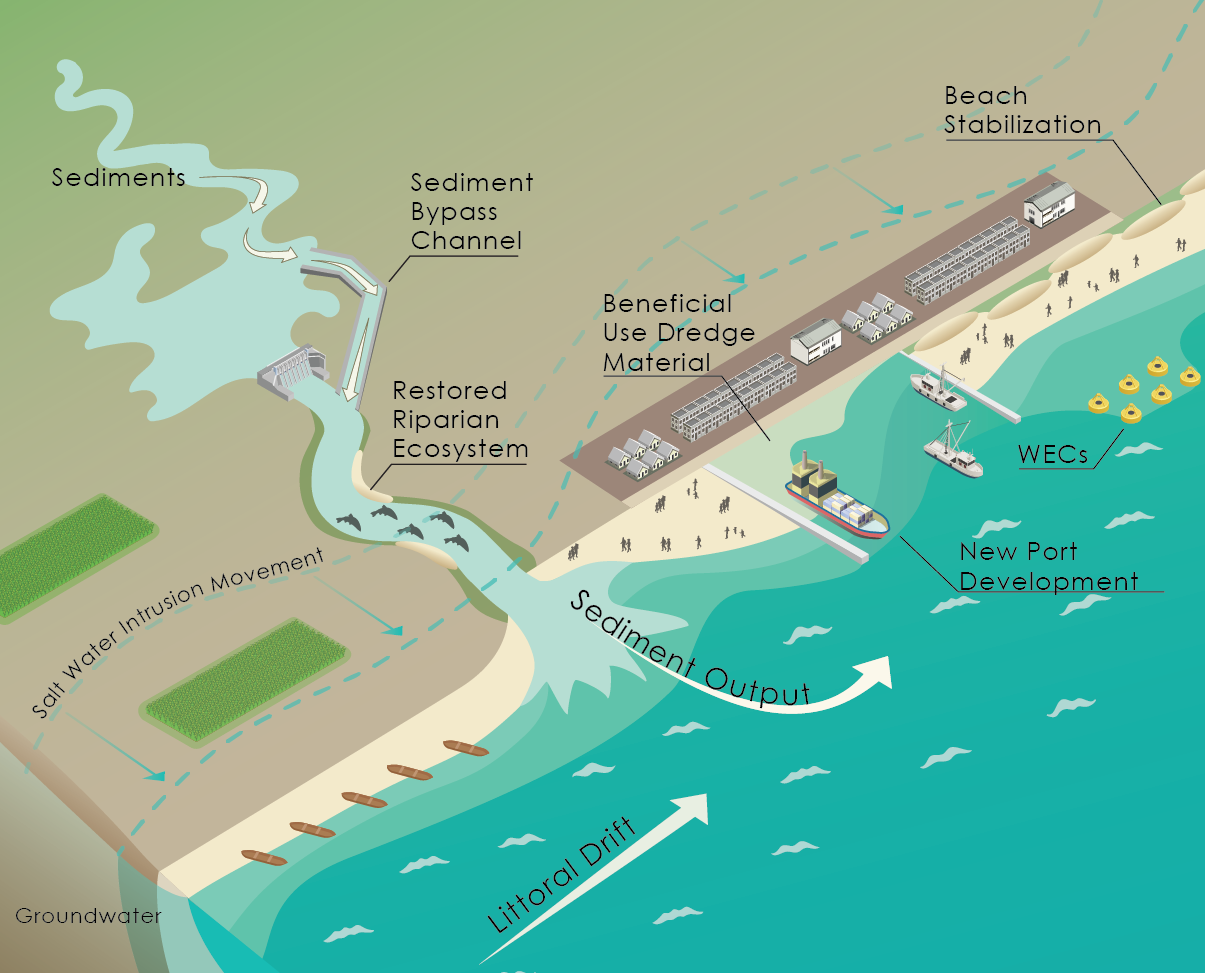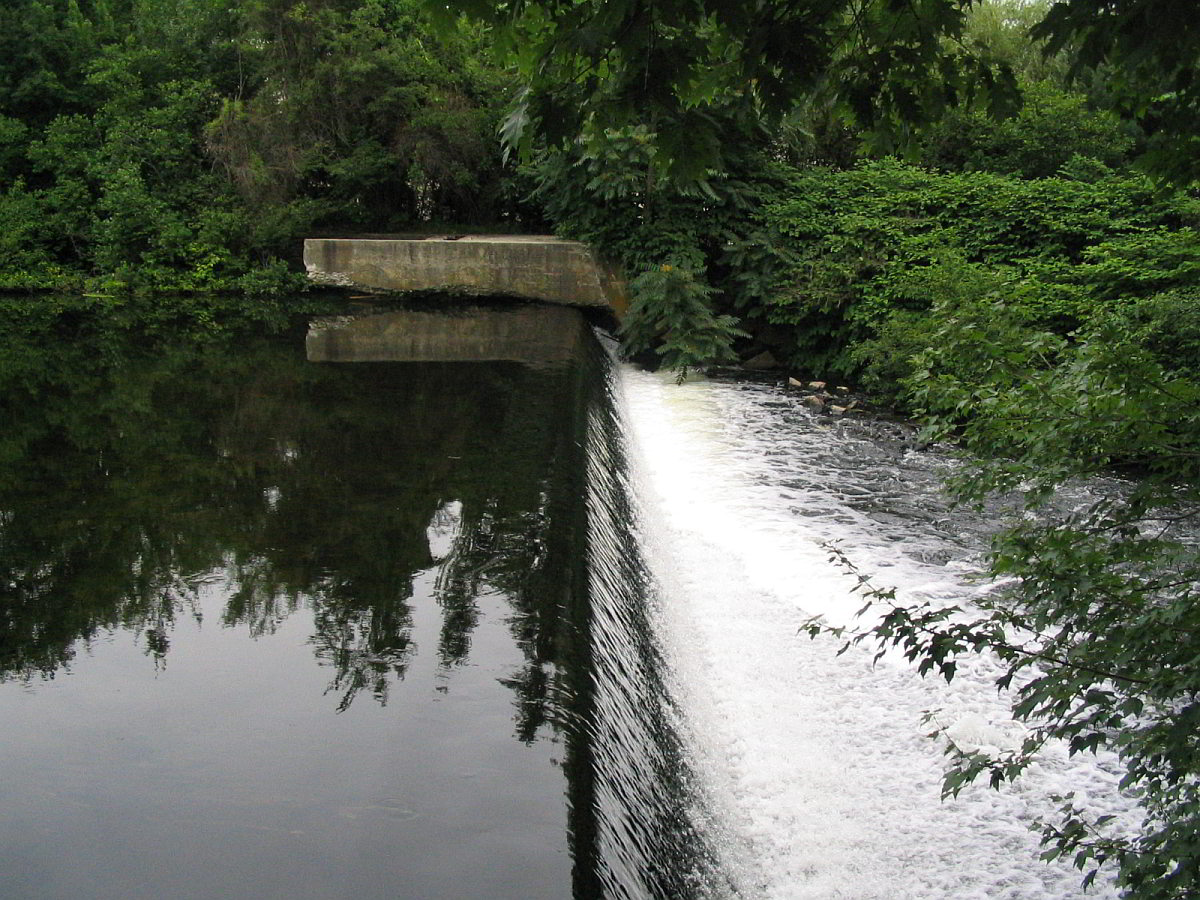
Dr. Patrick Friend is an international coastal and marine scientist, geologist, and business strategist with more than 20 years of experience in project delivery and management for both the governmental and private sectors. His primary areas of scientific expertise include bio-sedimentology, sediment transport, and coastal geomorphology. Dr. Friend’s expertise as an economic geologist encompasses opportunity screening, strategic planning, probabilistic risk assessment, asset evaluations and acquisitions, quality assurance, and due diligence.
Dr. Friend has consulted extensively for port and harbor authorities, and coastal stakeholders. He spent 8 years as a research fellow at the University of Southampton’s world-renowned National Oceanography Centre, where he was scientific lead on three large, multidisciplinary European Union projects. He spent 10 years in the global offshore energy industry, working in multiple countries as a senior geologist and senior basin analyst. He returned to coastal and marine science in 2016 and is presently managing and developing projects in the Gulf of Mexico, Latin America, and West Africa.
Dr. Friend is a writer, reviewer, and editor for international scientific journals and has published on topics ranging from sediment transport pathways in dredged estuaries to bio-sediment interaction in the coastal zone, and shallow gas accumulation in modern deltaic systems. His present research focuses on nearshore sediment transport in the Gulf of Mexico and the physical behavior of nannofossil ooze.
Ph.D., Sediment Dynamics, University of Southampton, National Oceanography Centre, UK, 2001
B.Sc. (Hons)., Oceanography with Geology, University of Southampton, National Oceanography Centre, UK, 1998
Professional Geologist, Texas (License No. 12981)
Certified Coastal Practitioner, United States
Estuarine Coastal Sciences Association
American Shore and Beach Preservation Association
Texas Board of Professional Geoscientists
International Association of Sedimentologists
Society for Underwater Technology
Houston Geological Society
Society for Sedimentary Geology
American Association of Petroleum Geologists
Peer reviewer for the following international journals: ASBPA Shore & Beach; Ocean and Coastal Management; Hydrology and Earth System Sciences; Limnology and Oceanography; Continental Shelf Research; Estuarine, Coastal and Shelf Science; Vie et Milieu; Marine Geology; and Water, Air, and Soil Pollution.
Continental Shelf Research (Elsevier) most cited paper 2003–2007 award
Patrick L. Friend, Ph.D., P.G., C.C.P. Global Strategic Advisor
Dr. Patrick Friend is an international coastal and marine scientist, geologist, and business strategist with more than 20 years of experience in project delivery and management for both the governmental and private sectors. His primary areas of scientific expertise include bio-sedimentology, sediment transport, and coastal geomorphology. Dr. Friend’s expertise as an economic geologist encompasses opportunity screening, strategic planning, probabilistic risk assessment, asset evaluations and acquisitions, quality assurance, and due diligence.
Dr. Friend has consulted extensively for port and harbor authorities, and coastal stakeholders. He spent 8 years as a research fellow at the...
Dr. Patrick Friend is an international coastal and marine scientist, geologist, and business strategist with more than 20 years of experience in project delivery and management for both the governmental and private sectors. His primary areas of scientific expertise include bio-sedimentology, sediment transport, and coastal geomorphology. Dr. Friend’s expertise as an economic geologist encompasses opportunity screening, strategic planning, probabilistic risk assessment, asset evaluations and acquisitions, quality assurance, and due diligence.
Dr. Friend has consulted extensively for port and harbor authorities, and coastal stakeholders. He spent 8 years as a research fellow at the University of Southampton’s world-renowned National Oceanography Centre, where he was scientific lead on three large, multidisciplinary European Union projects. He spent 10 years in the global offshore energy industry, working in multiple countries as a senior geologist and senior basin analyst. He returned to coastal and marine science in 2016 and is presently managing and developing projects in the Gulf of Mexico, Latin America, and West Africa.
Dr. Friend is a writer, reviewer, and editor for international scientific journals and has published on topics ranging from sediment transport pathways in dredged estuaries to bio-sediment interaction in the coastal zone, and shallow gas accumulation in modern deltaic systems. His present research focuses on nearshore sediment transport in the Gulf of Mexico and the physical behavior of nannofossil ooze.
Effects of clay and organic matter on calcareous nannofossil ooze erodibility
Publication
October 19 2023
Sustainable Coasts: Integral’s “Coastal Protect Africa” Proposal Published in World Bank eBook
Press Release
January 20 2022- Contaminated Sediments
- Coastal Resilience
- Coastal Geomorphology
- Coastal Science
- Hydrodynamics
- Marine Science
- Environmental Impact Assessment
- Environmental Economics


